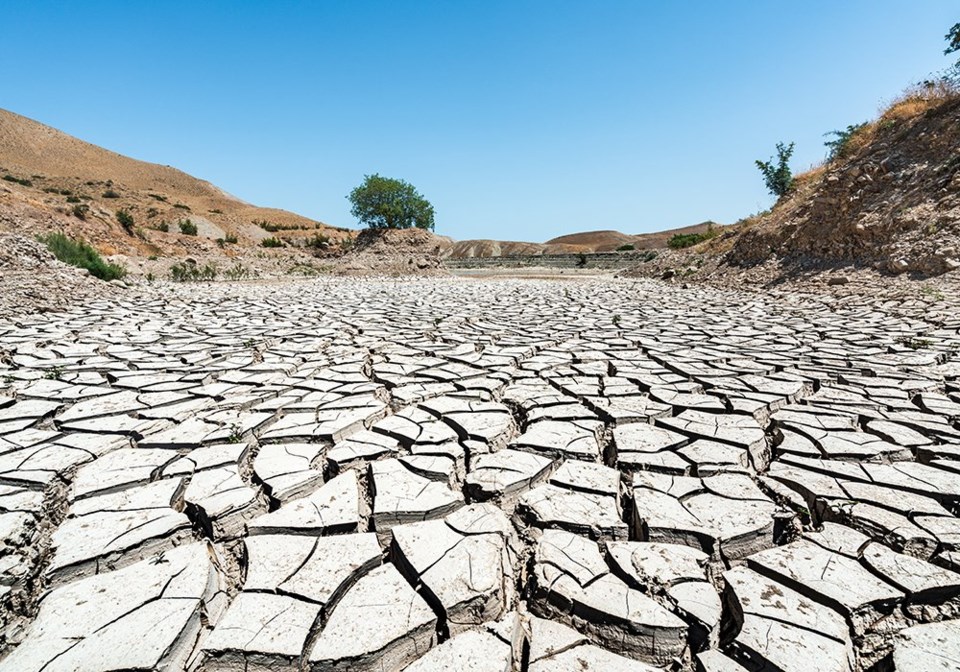WESTERN PRODUCER — Despite an honest-to-goodness flood of evidence to the contrary, more than 100 million American adults continue to deny the existence of climate change. That’s roughly one third of the country.
Congress is little better. Currently, 109 House of Representatives members and 30 senators, or about 26 percent of all members, have cast “doubt on the clear, established scientific consensus that the world is warming,” according to the Center of American Progress, a policy research institution headquartered in Washington, D.C.
The good news is that this astonishing total is down from 150 just three years ago; the bad news is that it’s still 139.
The really bad news, however, is that most congressional climate deniers represent rural America, arguably the economic sector with the most to lose in today’s climate upheaval. Not even 22 “extreme weather events” in 2020, where damage “exceeded $1 billion each,” turned their heads.
As such, it’s doubtful that 2021, which will be record-breakingly grim again, will thaw their frozen minds.
That means another year of unpredictable risks with no plan — other than governmental aid after disaster strikes for farmers, ranchers, and eaters in 2022.
The problem extends beyond 2022, in fact, because very few American farmers, ranchers, suppliers, commodity groups, ag lenders, elected officials or government agencies have an idea, let alone an entire plan, on how to deal with the increasing risks climate change will bring each passing year.
Worse, today’s collective inaction means most of the damaging change for years ahead is already baked in. Indeed, any chance to minimize climate change’s effects, noted delegates to the climate summit last November in Glasgow, Scotland, relies on keeping today’s rising temperatures at or below a 1.5 C increase by 2030.
To do so will take a radical and massive international effort beginning now, the scientists at Glasgow stressed.
American agriculture needs a similar plan to meet the production challenges it will face in the long run and, more importantly, limit the rising production risks it faces now.
For example, you’re an ag lender and a farmer or rancher comes to you for a standard, 20-year mortgage on a $2 million land loan. Do you factor climate change into the loan repayment cost and schedule? If not, why not because it certainly will impact repayment.
Equally important, if you want to factor climate change into the repayment, how would you do it? How do you price the growing threat of extended droughts, historic floods, warmer winters, hotter summers and, well, who knows what else?
And remember, your shareholders, as well as your clients, are very invested in your answer.
If you have no answer, you too could be an ag banker today because most ag lenders have no working plan on how to mitigate, or price, climate change risk into the massive short- and long-term lending that is agriculture’s lifeblood.
In fact, the US$325 billion Farm Credit System (FCS), American ag’s biggest lender with 42 percent of all U.S. farm loans, is confronting this reality. Its regulator, the Farm Credit Administration (FCA), is doing the same. Neither the regulator nor the regulated, however, have clearly identified the impacts climate change will have on FCS’s enormous ag loan portfolio or their solutions.
These problems, and FCA’s failure to respond to this existential threat, were laid bare in a 19-page letter from the Institute for Agriculture and Trade Policy (IATP) late last year. The letter, authored by IATP senior policy analyst Steve Suppan, urged FCA to make rule changes that would, for example, allow it to move swiftly into “climate-stressed capital markets” to improve its “liquidity” position if the need arises.
And the need will arise. Quoting a U.S. Department of Agriculture economist’s recent view on government foot-dragging over climate change, Suppan pointed out: “You can only postpone reality for so long.”
Then, as every farmer and rancher knows, reality bites. So, what’s the cost of that bite?
There’s no way to calculate it, offers Suppan in a telephone interview. But he adds quickly, “It’s a lot less than the cost of doing nothing.”
Alan Guebert is an agricultural commentator from Illinois.

